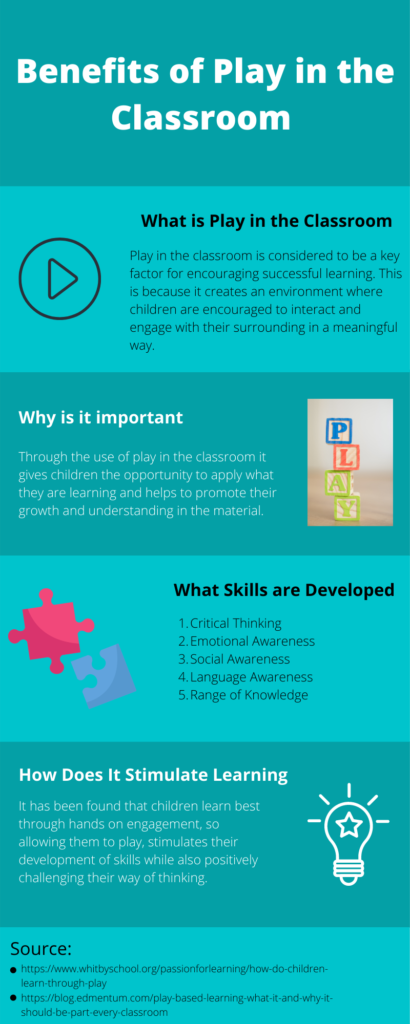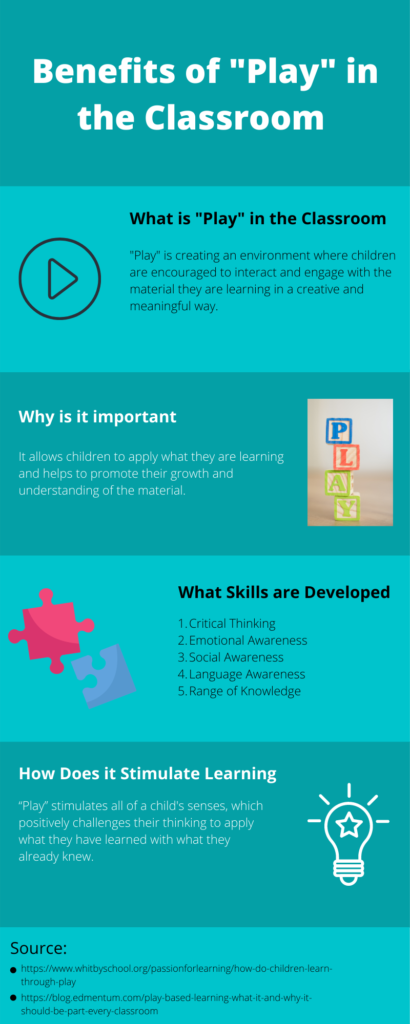For this assignment, I decided to create a screencast presentation to add on to my infographic which I had made for a previous blog post. The purpose of the screencast presentation in addition to the infographic was to provide both an audible and visual representation of the material that the viewer can digest to increase the amount of information that is retained. I chose to make the verbal component of the presentation slightly more in depth and when speaking on each section and only kept the relevant section of the infographic visible to help solidify each key point and to reduce extraneous information from being on the screen as I moved through the presentation.

Before 
After
I found that the principles I had overlooked when I developed this infographic for Blog Post #3 originally were the coherence and signaling principles for reducing extraneous load. I decided that in order to adhere to the coherence principle, I took out all extraneous information from the infographic and made sure to only keep the key information for getting the point across. Whereas, for the signaling principle, I highlighted the word “play” with quotations to emphasize its importance to the infographic which I had originally neglected to do for Blog Post #3.
I felt that with just the infographic alone, there were aspects of what I wanted to convey that may not have as much impact as I originally intended. So to ensure that the information is retained, I added narration in the screencast which covered the same key points as the infographic but added more detail to each section. By doing this, I reinforced the dual code theory because the infographic, while not being as detailed as the verbal presentation, still hits on the key points of what I am intending to provide, increasing the amount of information that is retained from viewing the screencast.
References:
Mead, S. (n.d.). How Do Children Learn Through Play? Whitby School. https://www.whitbyschool.org/passionforlearning/how-do-children-learn-through-play.
O’Leary, W. (2021, April 21). Play-Based Learning: What It Is and Why It Should Be a Part of Every Classroom. Edmentum Blog. https://blog.edmentum.com/play-based-learning-what-it-and-why-it-should-be-part-every-classroom.
Mayer, R. (2011, July 4). Cognitive Theory of Multimedia Learning. Cognitive Theory of Multimedia Learning – ETEC 510. http://etec.ctlt.ubc.ca/510wiki/Cognitive_Theory_of_Multimedia_Learning.
Leave a Reply
You must be logged in to post a comment.